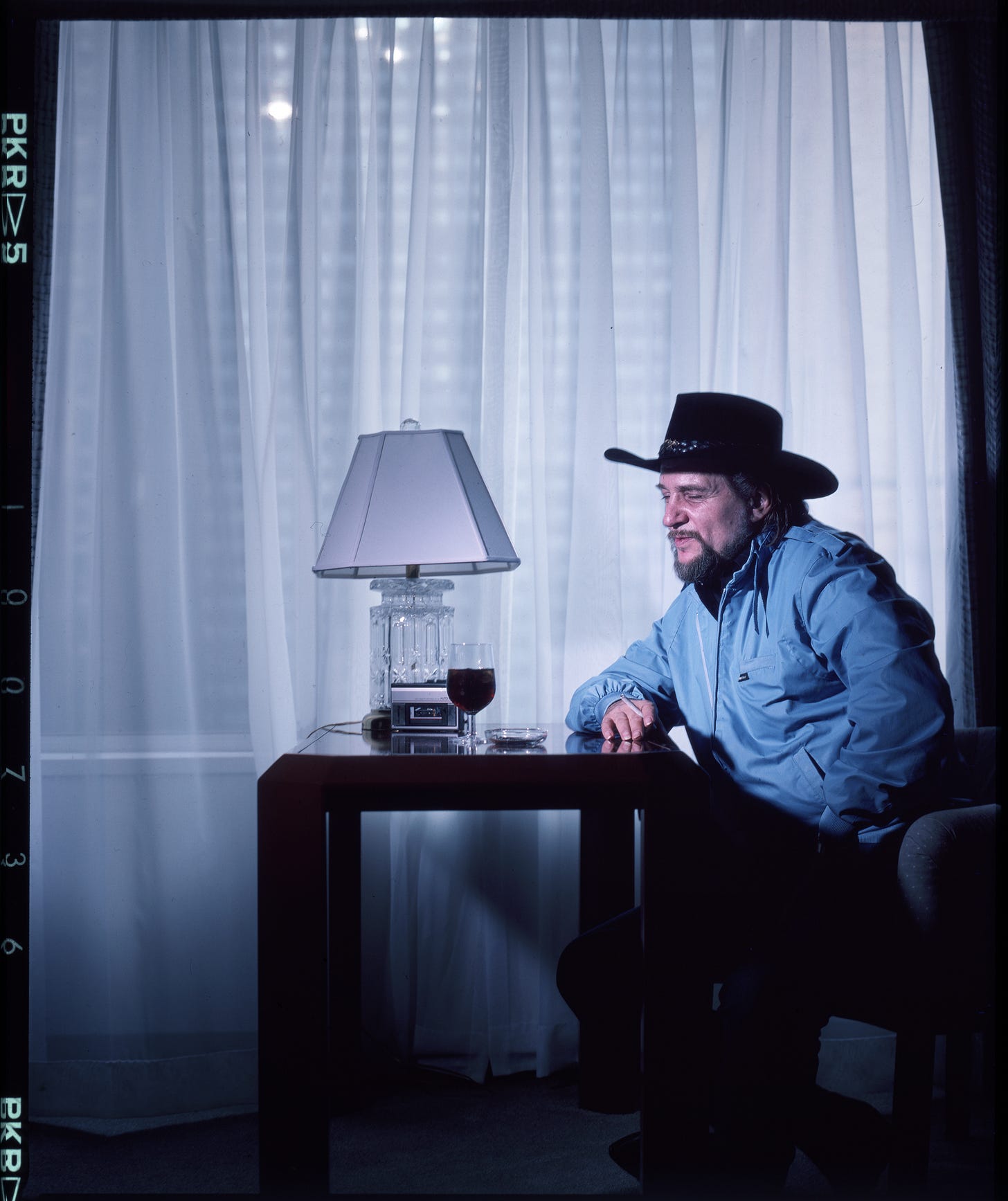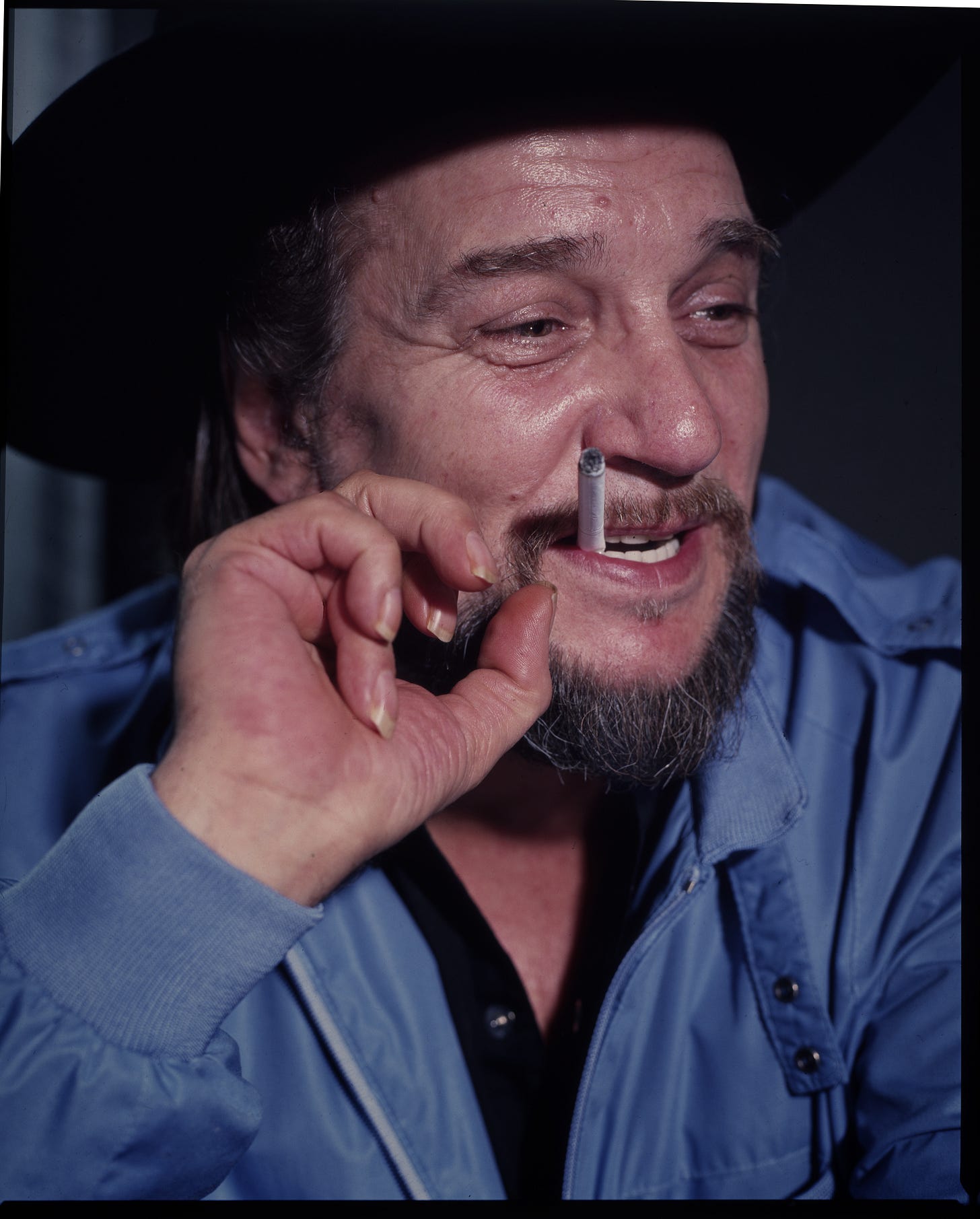Happy Holidays, everyone! Looks like this will be my last post for 2024. But I have big plans to continue this little blog for the next forty weeks or so. I love you, my readers, and my subscribers even more. I’ll cop to being a little terrified of you paid subs but working on giving you your money’s worth. Thanks for joining me on this ride. Still some gas in the tank, can’t wait to show you.
My Aunt Cissie was an amazing woman: college professor, author, wrote the definitive book on Christian symbolism in painting. Her entire adult life she read the New York times, cover to cover, every day, including Sunday. She continued this habit until she could no longer turn the pages, and died soon after. Dementia is a fiercely terrible beast, but it did harbor a humorous side in my aunt’s case. For several years before her death, whenever I would visit, she would inevitably be hunched over her beloved Times, magnifying glass in hand. She would look up, delighted to see me (or maybe any visitor).
“Did you hear?” she would ask, with the indignance only a convert could muster.
“Uh, no, I didn’t, “ I would reply, “What news?”
“Mayor Mike (Bloomberg) has banned smoking everywhere in New York City! Even Central Park! Can you imagine?” Well yes, I could imagine, after the first few times I witnessed this. On later visits, I had begun to expect it, and could jovially play along. As erudite and well informed as Aunt Cissie was, she was neither a smoker, nor any longer a resident of New York. She might well have enjoyed the smoke-free Central Park, certainly would have taken advantage of not having her clothes reek of tobacco after a night in any public venue in NYC. Alzheimer's is not only cruel, but capricious. My beloved aunt retained her Times reading habit even when she ceased to comprehend it, as if the recording head of her memory just stopped functioning, going into a loop. But she held onto her twinkle, and her indignance was mostly feigned, it seemed to me.
When on the rock star beat, one goes where one’s subjects are. Hence many of my portraits were grabbed backstage in the enormo-dome or alongside the tour bus right before it vanished in a cloud of exhaust, headed for the next gig. Hotel rooms were common enough, even right in New York City. One would think we could explain how much better the light was in a studio (rental or home at 275 Church) and get the publicists to pay for a town car, but no. When one is granted a half hour in a fancy midtown hotel room, one’s inclination is to use the space, light and architecture as part of one’s framing. Peter Gabriel, Charlie Watts, REM; I allowed the architecture to frame each of those portraits, turning the bane of a hotel room location into a boon. Of course, we were doing portraiture, so there were times when the hotel room had no resonance with one’s subject whatsoever.
One sunny autumn afternoon on such an assignment I grabbed a couple assistants (remember, we employed literal tons of lights, stands, cases, and equipment back then: I certainly didn’t want to be a shvitzy mess in front of some fabulous artist, so I brought people to shlep) and headed up to a high-end hotel in midtown. There to memorialize the Outlaw himself, country icon Waylon Jennings.
We showed up and were ushered into the room booked for the occasion. He rocked the de rigeur Big Black Hat, that was good. I couldn’t help but be thrown by the pale blue Members Only jacket and manicured fingernails, several of which were filed into dagger-like blades. Waylon explained later that of course the odd manicure was to facilitate guitar picking. But the overwhelming sensory onslaught was that of burning/burned/fabric-infused tobacco. I’ve heard the expression, “chain smoking,” but it wasn’t until hanging out with Waylon Jennings one afternoon that I really came to understand it. Chain smoking is where you light your next cigarette from the burning ember of the current one. It requires one match per day. Hanging in that relatively tiny room for even a half hour was nigh-on unbearable. So awful that I was cursing the smoker rather than embracing the Portraitist’s Friend: the burning cigarette.
Waylon’s smoking was so prodigious, so mightily overpowering, that it was like another person in the room. I think I was probably physically taken aback, and showed it. Of course, every move has to be in service of the portrait and subject, so I did my best to hide my revulsion. As I thought on it and looked at the Polaroids, I realized cigarettes were awesome to photograph; their smoke added atmosphere and softened and beautified the harshest light, and what the hell, Dude, you want to smoke, you smoke!
Waylon clearly detected my change of attitude, was evidently super psyched that I’d let him smoke on set, and we had a terrific time sitting there on the Group W bench, chatting about outlaw stuff and cigarettes while I happily clicked away at my shutter.
From Mayor Mike’s smug acceptance to Aunt Cissie’s indignance, to the clothes I had to throw away after that shoot, I nonetheless feel delighted when portrait subjects smoke. Preparing for a recent gallery show, I noticed to my surprise that many, if not most, of my favorite portraits depict smoking. Fran Lebowitz, Jerry Garcia, Joe Strummer—all puffed away, with my encouragement. It’s certainly a shortcut to reveal character, and it’s kind of a shame nobody smokes anymore. Odious as it may be in person (and now illegal in most of the spaces I worked in), the well-tempered burning ember provided a nice counterpoint to the Members Only jacket. Smoke ‘em if you got ‘em.







And died at 65, not specifically from lung cancer, but certainly in part from the ill effects of a lifetime of smoking and cocaine use.